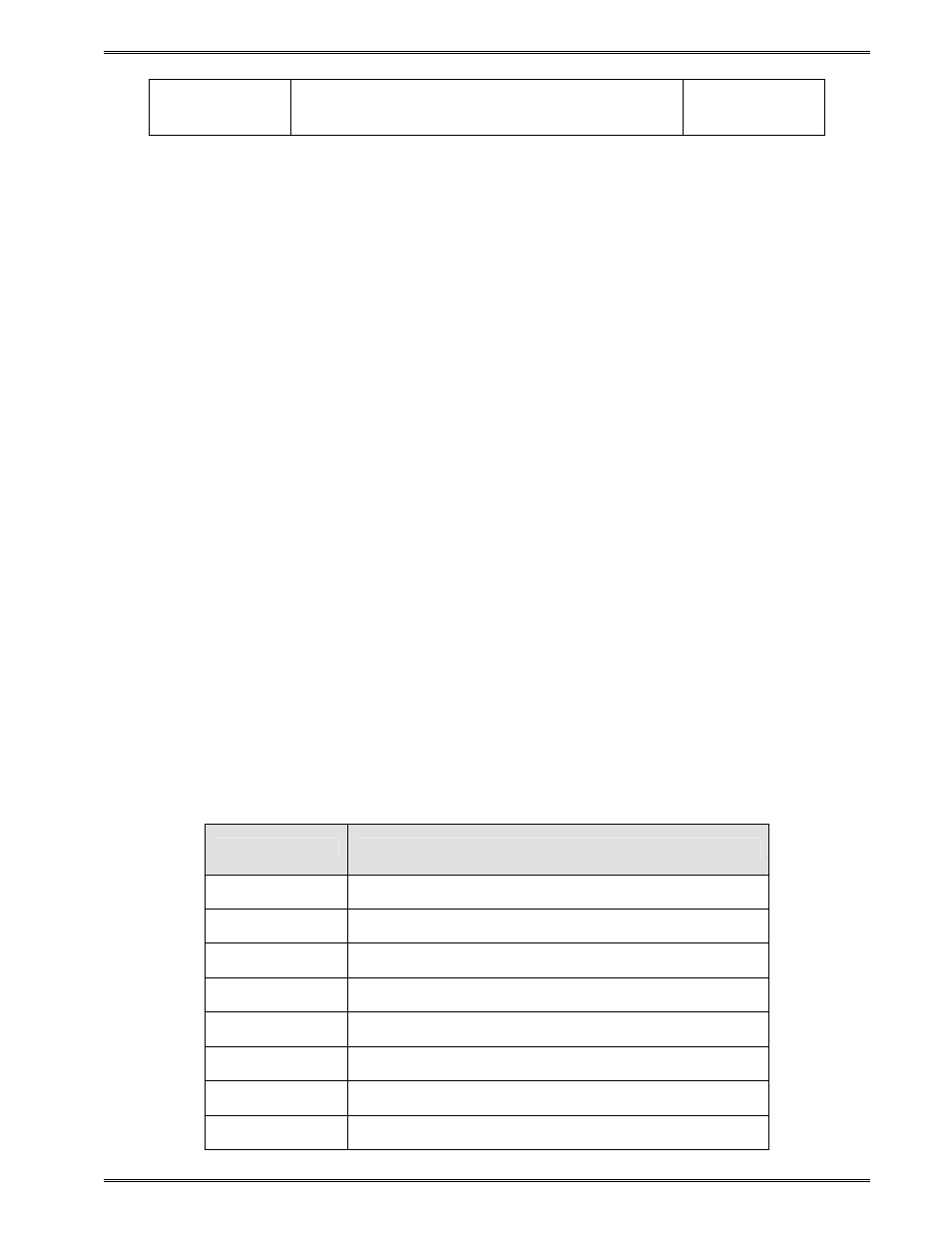Microcom 428T User Manual
Page 169

Chapter 8
Bar Codes
428T Operator’s Manual - 880037-0141
8-17
E- Edifact
63 ASCII plus un-latch char
6
Table 8-6
Data Matrix Encoding Schemes
ACSII Encoding Scheme
ASCII encoding is the basic scheme that encodes ASCII data, double density numeric data
and symbology control characters. Which means it encodes one alphabetic or two numeric
characters per byte. All other encoding schemes are invoked from ASCII and will then
return to this scheme through the use of code words.
C40 Encoding Scheme
C40 encoding scheme is used to encode uppercase alphabetic, numerical and space
characters. C40 encodes three alphanumeric data characters into two bytes.
Text Encoding Scheme
Text encoding is primarily used to encode lowercase alphabetic and numerical characters.
Text encodes three alphanumeric data characters into two bytes.
Base 256 Encoding Scheme
The Base 256 encoding scheme is used to encode any 8-bit byte data, including extended
channel interpretations (ECI’s) and binary data.
X12 Encoding Scheme
X12 encoding scheme is use to encode the standard ANSI X12 electronic data interchange
characters, which are compacted three data characters to two codewords in a manner
similar to C40 encoding.
Edifact Encoding Scheme
X12 encoding scheme includes 63 ASCII values (values from 32 to 94) plus an Unlatch
character (binary 011111) to return to ASCII encoding. Edifact encoding encodes four data
characters in three codewords.
Codeword
Data and/or Function
1 - 128
ASCII data (ASCII value +1)
129
Pad Character
130 - 229
2 digit data 00 – 99 (Numeric Value + 130)
230
Latch to C40 Encoding Scheme
231
Latch to Base256 Encoding Scheme
232
FNC1
233
Structured Append
234
Reader Programming